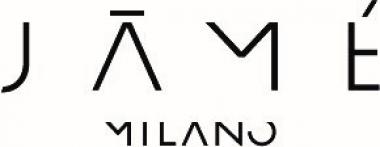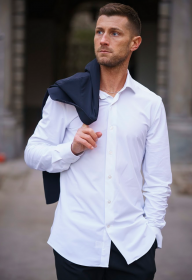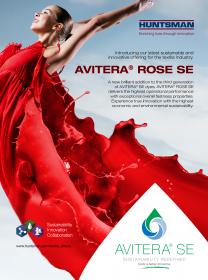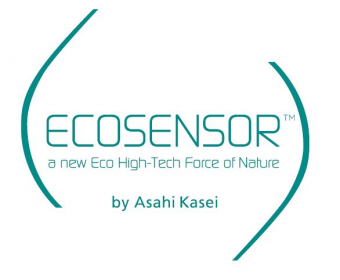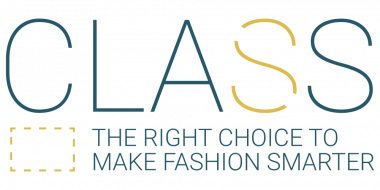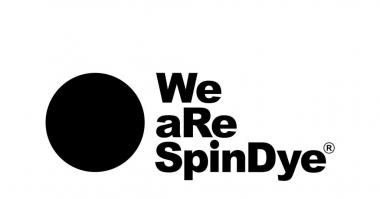Premium Group returns to Berlin: New Concept premiers in July
Premium Group, important trade fair organiser in the German fashion industry and biggest player for advanced contemporary fashion in Europe, is returning to the capital and, in July 2022, is set to present a completely new live event concept around the Berlin Radio Tower and summer garden.
Interactive live event concept for B2B and D2C and redefines the future of fashion fairs
After decades of everything being the same, the constantly changing market environment forces brands, retailers, consumers and trade fair organisers alike to continuously develop and reposition themselves. Two years after the start of the pandemic, the Berlin-based company is now reacting with a surprising step: Anita Tillmann, Jörg Arntz and the team are bringing their passion for people, fashion, innovation and entertainment back home and setting new standards for live fashion events.
The creators of PREMIUM, SEEK, FASHIONTECH and THE GROUND are redesigning the sustainability of future-proof fashion fairs with the commitment of the Berlin government, and launching a completely new event concept in which the B2B and D2C sectors merge. In the new Premium Group cosmos, brands can present themselves emotionally and interactively to retailers and consumers. All realities are represented: the new kids in the industry, such as D2C brands, e-com and influencers, are given their place in the Premium Group cosmos in the form of the new fashion festival THE GROUND. But also long-standing partners of established brands and representatives from traditional stationary retail will profit from further developed B2B spaces.
Taking into account the different needs of all visitors, the events will take place from Thursday to Saturday for the first time: from 7 to 9 July 2022.
Classic trade fair formats are no longer up to date
'Classic trade fair formats are no longer up to date', sums up Anita Tillmann, Managing Partner of the Premium Group. 'We have to reinvent ourselves and look to the future – to a new stage in the life of the fashion industry post pandemic, which has changed everything. Digitisation, climate change, pandemic, changing values, new industry cycles and new players, as well as topics around gender equality, diversity, metaverse, gaming and NFTs, are just a few areas we are dealing with. We aim to set new standards for the future of trade events and merge B2B and D2C with our new event concept.'
Move to Frankfurt am Main fell victim to the coronavirus
The planned kick-off of the Premium Group Events in Frankfurt am Main could not take place because of the coronavirus, and the plan to establish the events at the new location has fallen victim to the pandemic.
'It's a shame that the move to Frankfurt didn't work out', says Jörg Arntz, Managing Director of the Premium Group. 'We all tried very hard and did our best. As an entrepreneur, you always have to remain capable of acting and questioning decisions that have been made. In order to do justice to our customers and the market environment, we have decided – after intensive discussions with the city of Berlin – to hold our events in our home city again. We are Berliners at heart and are confident that the new government will anchor Berlin as Europe's creative metropolis in a sustainable and economic way.'
New government brings Premium Group power back to Berlin
“Berlin is THE metropolis for the cultural and creative industries and Europe's largest start-up scene. As the new state government, we are committed to an economically strong Berlin. Trade fairs and events are an important economic factor and a centre of attraction for Berliners and guests from all over the world. We are therefore delighted that we have succeeded in bringing the events of the Premium Group back home”, says Franziska Giffey, Mayor of Berlin.
“The Premium Group events strengthen Berlin as a fashion and trade fair location, attract tens of thousands of trade visitors and fashion enthusiasts, create additional economic effects in hotels, gastronomy, retail and the service industry, multiply the global appeal of the city as a location and will open the summer of creativity brilliantly in July. The fact that the fair organiser is returning to its home venue with a new concept is a special opportunity for Berlin and will give the city an additional boost. Opening up the events to end consumers ideally rounds off the trade fair concept. With the Premium Group, Berlin will sustainably strengthen the core themes of fashion and digital transformation”, says Stephan Schwarz, Senator for Economics, Energy and Operations.
PREMIUM Exhibitions GmbH









